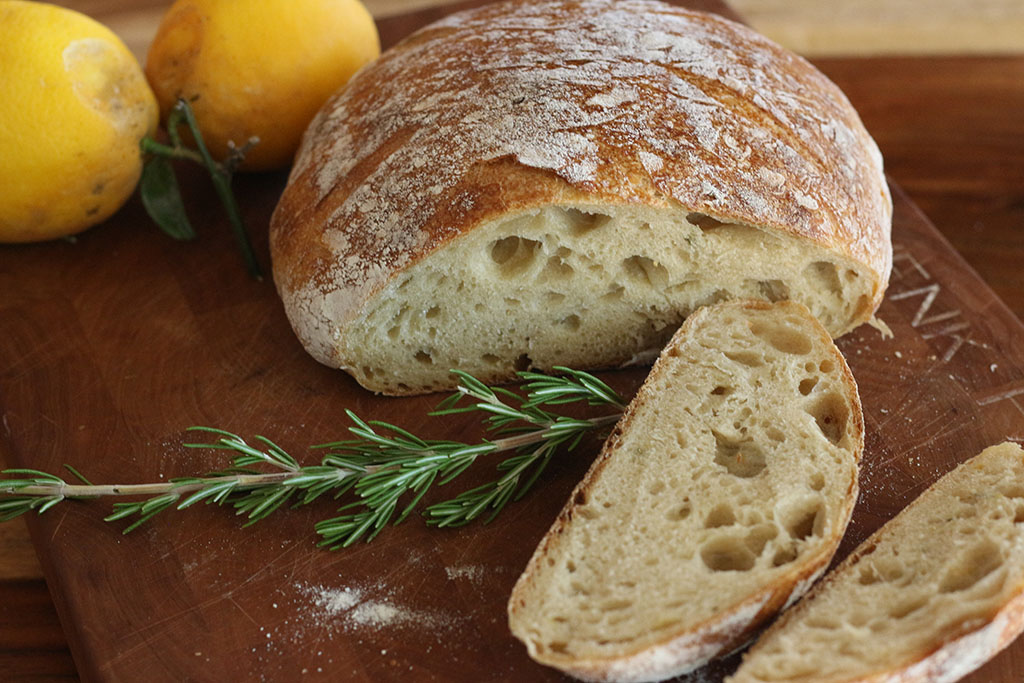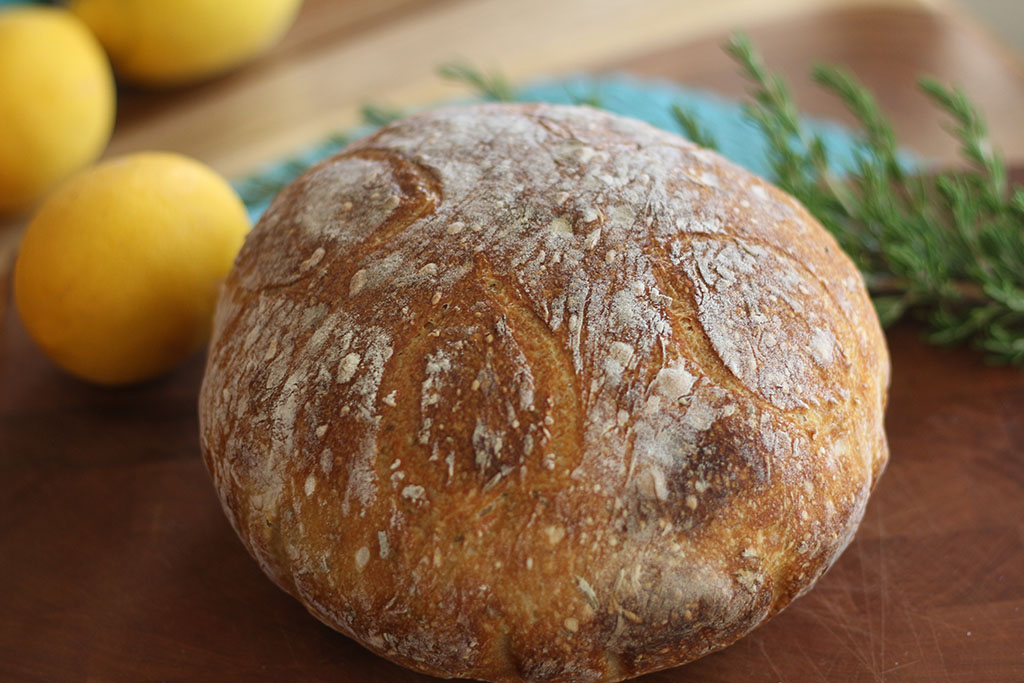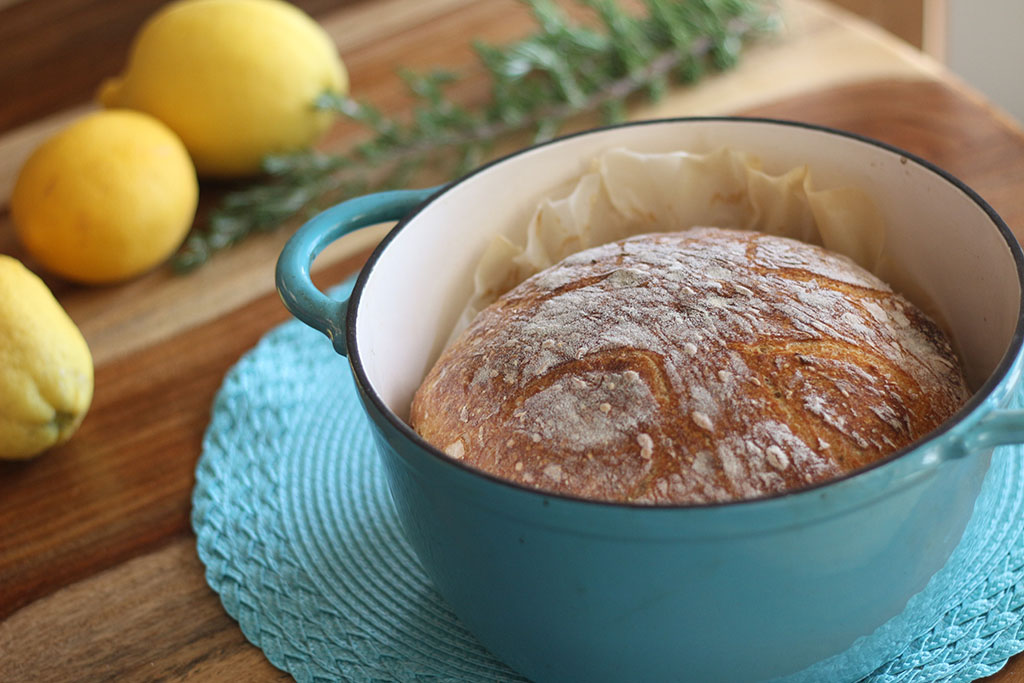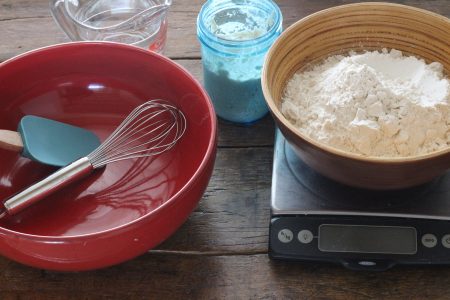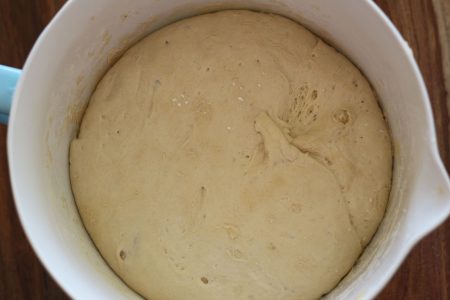
Summer Sourdough Bread — Grilled or Baked
When I walk into my kitchen each day, I see the bread knife and cutting board scattered with crumbs. It is a daily occurrence; and although I like a clean kitchen, this is one thing I tolerate with pleasure. My husband is constantly trying to even out the loaf of bread we eat each day and proclaims often, "Nobody in this house can cut an even slice of bread without leaving the loaf all crazy crooked!" I think making bread is in my genes and imprinted in me from my great grandma I never met. It all started when I was 12 years old. I was on a mission to make my own bread. My mom wasn't really a bread maker but I was fascinated with making and eating my own bread. I had heard stories about my great grandma Suzie Brannen who lived on Cape Sable Island in Nova Scotia who was an incredible baker and bread maker. My mom and dad would take us to the house where she had lived in the summertime (it was still in the family) and I would lay in feather beds reading Anne of Green Gables and Little House on the Prairie books. I spent many a day down at the shore dreaming of making and eating food like the heroines in these children's classic books. I loved my grandma's kitchen and she always had jars of homemade cookies for the grandkids and food was different on this tiny island. We ate mostly fish since it was plentiful, but my grandpa could make me a mean sandwich. When I was tired of fish, I felt special that he took the time to make me a sandwich when all my cousins were outside playing. Bread always tasted better on the island and I never knew why. So one day I announced to my mom I was going to make my own loaf of bread all by myself. And I did just that, and with my first attempt being a success I was hooked. Making your own bread is, and was, one of the most satisfying things I have ever done and to this day I do it weekly.
 Find the healthiest bread imaginable
Find the healthiest bread imaginable
My love for bread making has evolved throughout the years to find the healthiest bread imaginable, and this is where I found myself head over heels in love with sourdough bread. To say my ever-bubbly sourdough culture is a family member is an understatement. It has been a constant companion for the last twenty-three years and has made me hundreds of loaves of bread. It has nourished my body and my soul in ways I never imagined. I think fermentation is essential to bread making. If you don’t use the help of microbes to make the bread, you won’t get the nutrients out of the bread and gluten will become a problem. Using a sourdough culture and the slower fermentation will change the bread and reduces the problems with gluten that so many people struggle with. The process of billions of microbes infusing your bread changes everything. Flour and water in and of themselves could not sustain you. But when you put those two ingredients together with a sourdough culture, you will unlock the vitamins and minerals bound up in the grain and deactivate the enzyme inhibitors and phytates. (Phytates can bind to certain dietary minerals including iron, zinc, manganese, and calcium, and will slow their absorption.) You'll end up with something quite extraordinary.
Store-bought breads are loaded with additives
It's summertime and most people don't think about making bread. They don't want to heat up the kitchen and it seems more of a fall and winter thing unless . . . you're me. Summer bread making is a special habit I developed many years ago and it became a ritual. I want to encourage you to do it too. I can show you what I do and help you understand why it's so important. Store-bought breads are loaded with additives to make them shelf stable and have desired textures. The U.S. Food and Drug Administration does not require testing of new additives before allowing them for use in food. Most substances are considered “generally recognized as safe,” or GRAS, by qualified experts until proven unsafe by scientific studies. I've seen ingredient lists including chemicals such as azodicarbonamide (used in tires and floor mats), potassium bromate (a known carcinogen), and partially hydrogenated oil (the worst fat you can consume). These chemicals are in dozens of breads on the market today and unwary consumers buy and eat these loaves without knowing the consequences. When you decide to take charge of your health, you have to make a firm decision to make new habits and then stick to them with a plan. Before you know it, you'll be making your own bread every week and loving it. It's super fun and rewarding, and your body will love it!
 Each week I pick one day to make bread
Each week I pick one day to make bread
Sometimes in the quiet morning hours while I make my bread I think about the heritage I will leave to my family. Will my children and grandchildren remember me for the things I created? Will it be all things cultured and will it make a difference for those who come after me. Will they remember that I made them bread each week, even in the summer, and will I be remembered like my great grandma Suzie only with a twist, "She made great bread and loved her kefir!" These rituals I keep, whether it's making my morning kefir or weekly bread, are the things that are very precious to me and have shaped my life. Nothing has helped me more than cultured foods and I hope they can help inspire you too. So here is what I do to keep my family supplied with bread each week. I like to make it weekly, although you can make a bunch and not have to do it every week, but weekly allows me to keep my sourdough culture fed and happy. It also allows me a ritual I look forward to and perhaps encourage other people to do it too. Check out the new Lemon Rosemary Sourdough Bread recipe below. It tastes like summertime!
Summer Bread Method
Step 1—Pick The Coolest Day
Step 2 — Feed Your Sourdough Culture
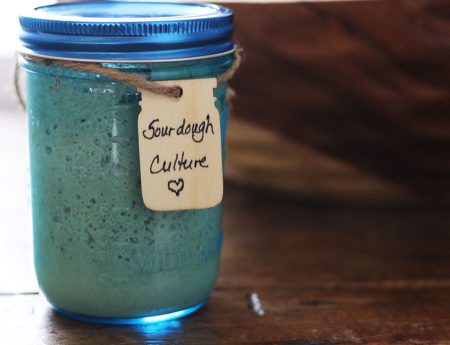
Remember, your sourdough starter can go flat and develop a hooch in the summertime after being bubbly only a few hours ago. In very basic terms, the yeast runs out of food. It feeds on the carbohydrates, producing lots of bubbles in the process, and then runs out. It's got nothing left to feed on. This is why we feed or refresh the starter by giving it more flour and water. Fresh flour is like new food for your starter.
Step 3 — Pick A Recipe
Once the starter is ready, I follow one of these recipes and allow the bread to slowly ferment overnight while I sleep.
Bake or Grill Your Bread
Step 4 — Bake Bread In The Oven
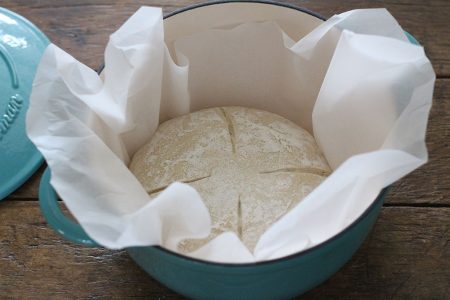
Step 4 —Bake Bread on a Grill
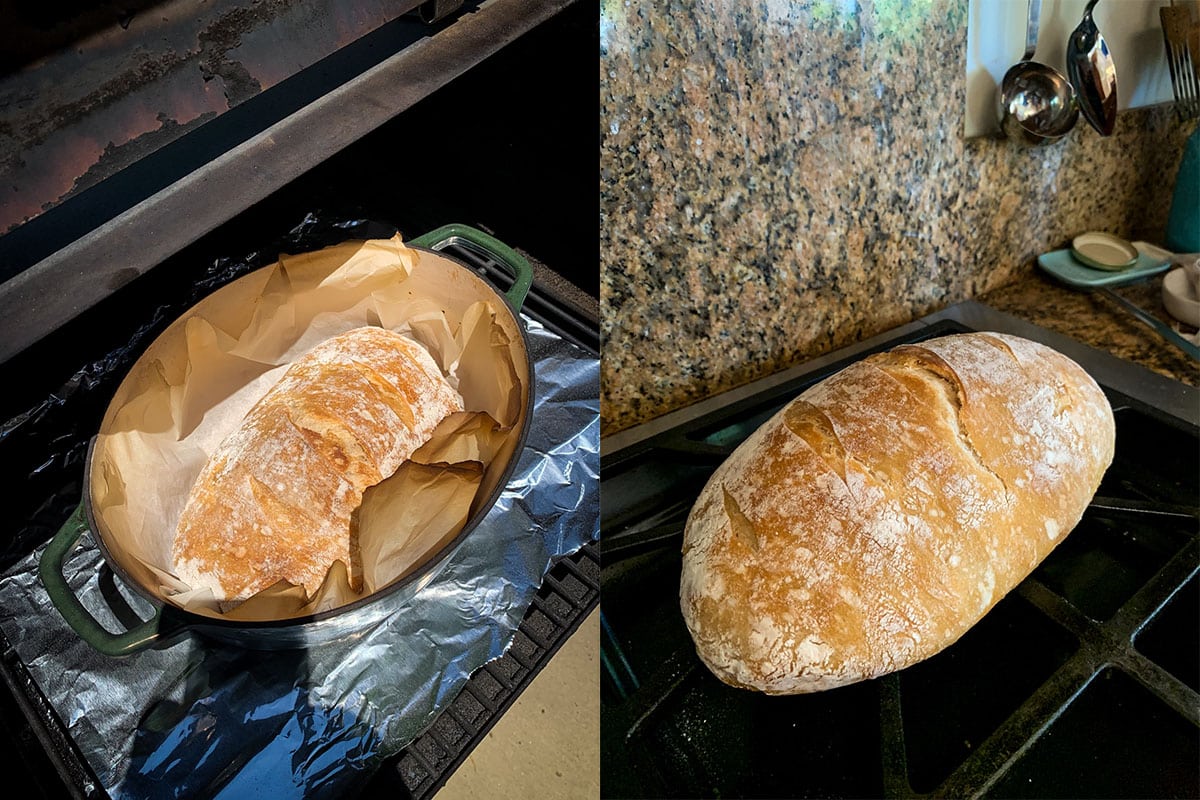
1. Preheat the grill. Turn the grill up to full blast, then place the lid on to let it heat up. Use an oven thermometer to monitor the heat. When it reaches 450°F you're ready. The parchment paper can catch on fire if your grill goes above 500°F so you might want to keep an eye on the temp. You could also make the bread without parchment by adding a few spoonfuls of cornmeal to the bottom of the pan.
2. Your bread should already be in a dutch oven with a lid. Place your pot with the bread inside the grill with the lid on for 20 minutes, just like you would in the oven. Then after 20 minutes take off the lid and continue baking for 20-30 minutes or until internal temperature reaches 210°. It might get done faster than 20 minutes so keep an eye on it and test it. It's important, since you're baking on a grill and the temperature can fluctuate, to take the internal temperature so you won't over or underbake the bread.
Listen To My Podcast
It's summertime, and most people don't think about making bread. They don't want to heat up the kitchen, and it seems more of a fall and winter thing unless . . . you're me. Summer bread making is a special habit I developed many years ago, and it has become a ritual. I want to encourage you to do it, too. I can show you what I do to make bread in the hot summer months. Tune in to Learn more.
Are you on the list?
Sign up today and I'll send you my free Getting Started Guide!
Each week I'll send you updates, tips, recipes, and more! You might even be a winner of my weekly giveaway! (starter cultures, memberships, and more!)
Come be a part of my cultured food family!

